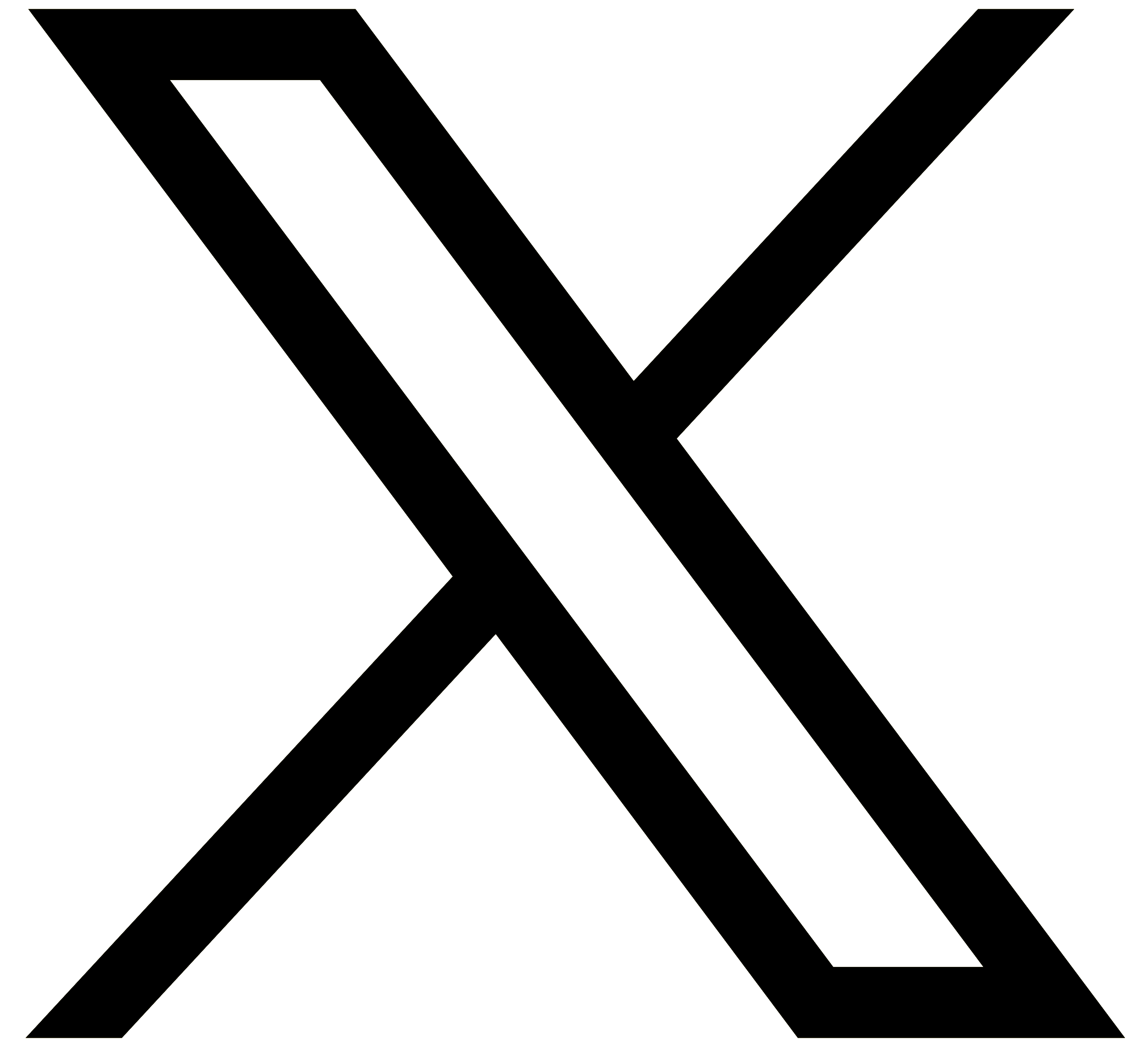Much has been said about the demise of linear TV and the change in viewing habits caused by a re-defined TV landscape, originating with the PVR, the rise of SVOD services, and more recently, content-curated FAST channels.
However, we have to question whether this decline has also been accelerated by dominant commercial channels, ITV / CH4, whose business model was threatened from the outset.
The need to future-proof their businesses and compete for eyeballs has meant they had no option but to launch their own on-demand services. Recent headlines revealed ITVX had 249m livestreams in January, up 100% YOY. Similarly, Barb data showed that no streaming service programming featured in the top 10 in 2022, and in Q4 2022 UK households with SVOD services decreased by 0.9%.
These statistics show that not only can commercial channels compete in this space, but they can also win. However, we must remember that advertisers for the commercial channels remain the primary customer and whilst impacts are important, they are hugely fragmented. Content is still king and Barb’s “fit for TV” expanding its measurement to non-broadcasters will ultimately give greater clarity on what and when people chose to watch.
Traditionally, commercial TV’s strength has been its ability to drive instant mass awareness around the bedrock of large rating breaks, but beyond the obvious large scale live events, there is a worrying trend in their ability to retain this proposition.
In January 2023, BBC1 held the top 7 positions on audience size, most notably led by Happy Valley with over 10.5m viewers. ITV’s biggest audience was for The Masked Singer at 5.4m individuals (note in January 2019 ITV had 5 programmes, Manhunt, Coronation St, Cleaning Up, Vera, Dancing on Ice which all delivered over 7m viewers.) CH4 didn’t have a single programme in the top 40.
So, will large rating programming still be achievable going forward?
The future of watching what you want, when you want, is not for everyone. Some prefer the structure of a defined schedule of knowing what’s on when. For example, I hate wasting time trawling through a thousand options on Netflix only to end up watching nothing. Instead, I enjoy the social interaction of chatting about last night’s TV. For example, Happy Valley had 10.5m in front of the box simultaneously, so yes, it’s possible if schedulers don’t succumb to the temptation of delivering the whole series at once.
Ultimately, all media is judged on results.
Will future econometric models based on current, not pre-pandemic data, continue to showcase TV as the most efficient channel to drive long-term brand awareness and ROI?
Maybe what is potentially being lost in mass audiences is more than being made up for in targeting capabilities…
Maybe curated content will allow for greater contextual placement and hence increased attention…
Or maybe connectivity will allow for greater direct performance metrics, so all these concerns will be irrelevant…

Frank Lyons
Director
